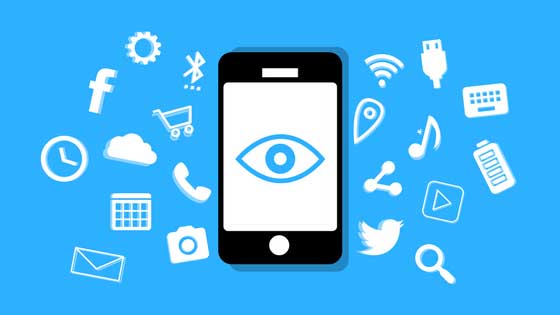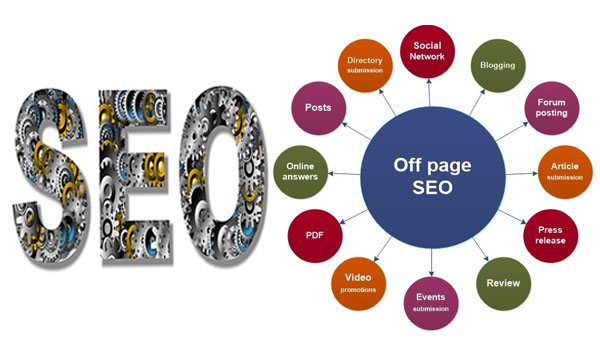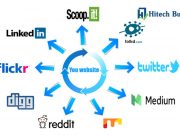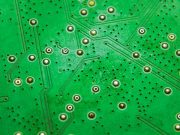All businesses need to make careful security plans and protocols. Here is a brief guide to some of the most important aspects of business security.
CCTV
Closed Circuit Television systems were first used in the middle of the 20th century, having been invented by the German fascist engineer Walter Bruch. Bruch developed CCTV in order to monitor the launches of the infamous V2 terror weapons that were used to strike targets in London during the Second World War. CCTV first gained prominence as a security technology during the 1970s. It is one of the most commonly used security technologies in use today. It not only allows a business to deter thieves and monitor a property but also to seek effective prosecutions of thieves that have been caught.
Cybersecurity
CCTV is not effective if it cannot be monitored. Security monitoring companies are often contracted in by businesses that cannot afford to pay for 24-hour in-house monitoring. In recent years, CCTV monitoring has undergone something of a quiet technological revolution. Good quality security monitoring is all about spotting anomalies. Software capable of machine learning is increasingly replacing human operators in spotting anomalous video data.
Exterior Protection
All companies need to consider the external protection levels of their premises. External protection measures can include any kind of system designed to keep the physical space of a building secure. Popular external protection measures include:
- Barbed or razor wire
Sharp wiring acts as a deterrent to people wishing to break in over walls.
- Anti-climb paint
Anti-climb paint stains the hands of would-be trespassers – allowing them to be identified by police.
- External Locks
Comprehensive external lock systems prevent businesses from being broken into via doors. The door is the most common method of entry for thieves. Protecting doors adequately can put off all but the most determined trespassers.
Training
Most of the security breaches that take place in businesses occur due to simple human error. No matter how technologically advanced a company’s security system is, it can be defeated if staff are unable or unwilling to maintain strict protocols. Training is one of the most important aspects of any business security network. Staff needs to be able to spot potential incursions and protocol breaches. They also need to be adequately trained to spot phishing attacks and other cyber threats. Without adequate training for all members of staff, any business is vulnerable to physical and digital thefts.
Whistleblowing
Whistleblowers need to be protected and encouraged if a business wants to be truly secure. A significant percentage of security threats originate from within a business. If whistleblowers feel unsafe when raising the alarm about security threats or poor practice, then they are unlikely to play a part in protecting a business. A whistleblowing culture can help companies in a number of ways. It helps to encourage safe employee equity and corporate responsibility as well as a secure working environment.
Access Control
Access control – making sure that only the correct parties can enter a facility – has always been one of the most important aspects of business security. Modern access control typically involves some form of biometric authentication. Biometric authentication is one of the most secure forms of access control. Each human being possesses unique features that can be identified and used as a ‘physical password’. Fingerprints are one of the most well-established forms of biometric authentication. Detectives have been using the unique fingerprints of each human being to corroborate evidence in cases since the 19th century. Machine learning technology has made biometric authentication more of a useful tool in business security.
Modern machine learning capable software is able to identify and confirm unique patterns in facial shape, iris blood vessels, and a voice tone. In a modern and secure business, an employee will walk up to an entry gate and be required to provide some form of biometric information. Sensors – microphones, cameras, and touchpads – will accept biometric data and feed it into a program. If the program is not able to positively match the biometric data provided by an employee, they will not be permitted entry.
Magnetic key fobs are also commonly used as access control measures. These are perfectly good modes of authentication if they are kept secure. Unfortunately, employees can quite easily misplace their fob keys. Thieves can break into a facility by stealing misplaced fob keys. For this reason, they are being phased out in many fields in favour of biometric authentication methods.


































